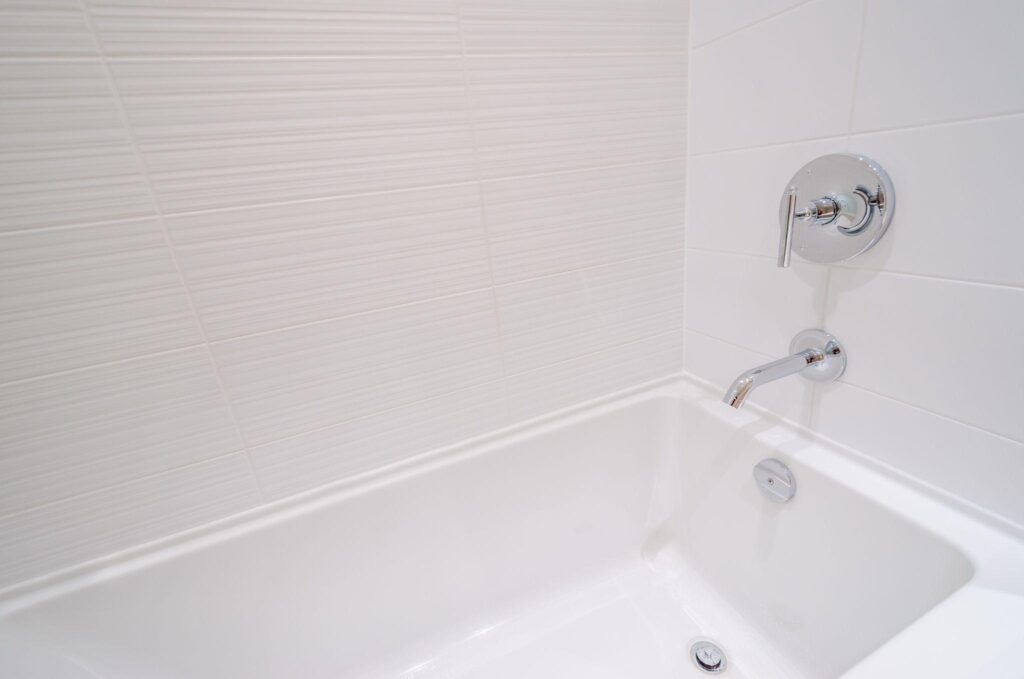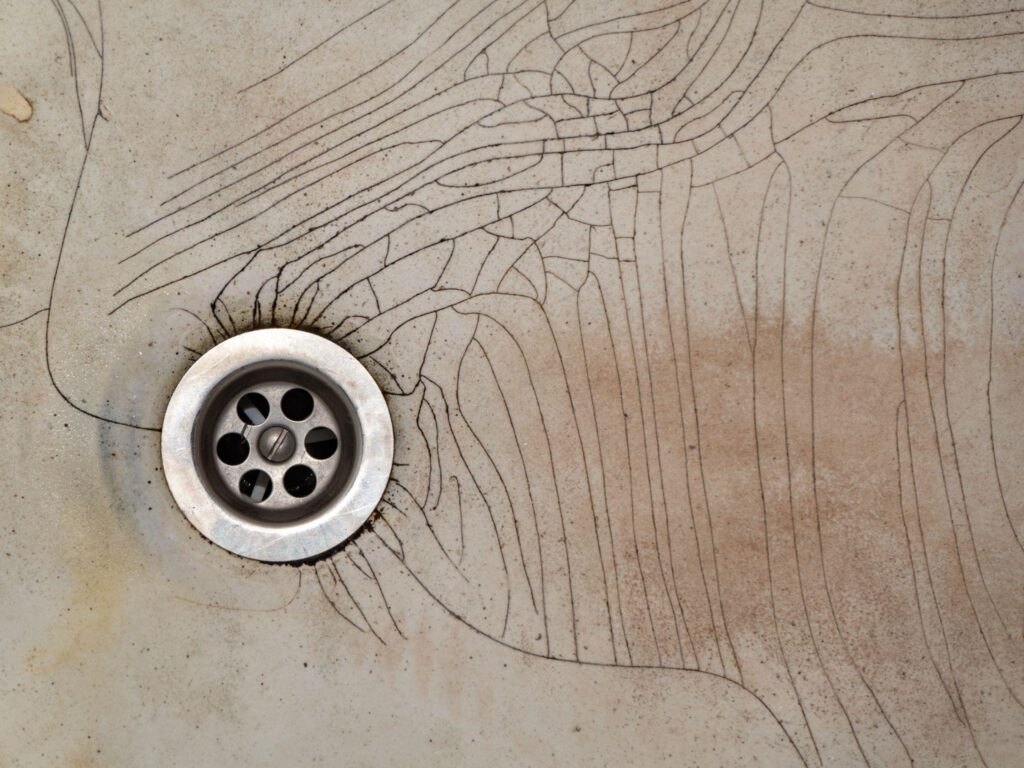A Beginner’s Guide to Acrylic Tub Crack Repair

Acrylic tubs, celebrated for their resilience and lasting appeal, are a staple in contemporary homes. However, even the sturdiest of materials can encounter occasional mishaps. This guide is crafted to empower you with the knowledge to address these rare instances confidently.
Whether you’re dealing with a minor scratch or a noticeable crack, our step-by-step instructions will simplify the repair process. Our goal is to showcase not only the enduring quality of acrylic tubs but also how, with minimal effort, they can be kept looking pristine for years to come.
Common Causes of Cracks in Acrylic Tubs
Acrylic tubs, renowned for their durability and ease of maintenance, have become a popular choice in modern bathrooms. Made from a versatile plastic known as acrylic and reinforced with fiberglass, these tubs boast a sturdy yet lightweight quality.
One of the key attributes of acrylic tubs is their longevity. They are exceptionally resistant to wear and tear, ensuring they remain a beautiful and functional centerpiece in your bathroom for many years. However, like any material, acrylic tubs can experience damage under certain conditions.
Typical causes of cracks in acrylic tubs include:
- Significant Impact: Heavy objects accidentally dropped into the tub can cause cracks.
- Stress Fractures: Over an extended period of time, small stress fractures can develop, potentially leading to cracks.
- Improper Installation: If not installed correctly, the tub may be prone to cracking under pressure.
- Thermal Stress: Extreme temperature changes can sometimes cause the material to expand and contract, leading to cracks.
Identifying the Severity of the Crack
Before jumping into repair work, it’s crucial to assess the severity of the crack in your tub.
Small, hairline cracks are often just cosmetic issues and can be easily fixed. However, larger, deeper cracks might require a more thorough approach. The depth, length, and location of the crack will play a significant role in determining the repair method. If the crack is superficial, you can proceed with confidence knowing that a DIY acrylic tub repair is possible.
DIY Repair for Minor Cracks
Repairing minor cracks in an acrylic bathtub can be a simple and effective DIY project. Follow these steps to ensure a smooth repair:
- Gather Your Materials: Obtain a basic repair kit, which should include a two-part epoxy or acrylic repair compound and a hardener.
- Clean the Affected Area: Thoroughly clean around the crack to remove any dirt or grime. This ensures that the repair materials adhere properly.
- Sand the Area: Lightly sand the area around the crack. This roughens the surface slightly, improving the bond of the repair compound.
- Mix the Repair Compound: Follow the manufacturer’s instructions to mix the epoxy or acrylic repair compound with the hardener.
- Apply the Compound: Using a putty knife, apply the mixed compound over the crack. Ensure it is smoothed out evenly over the crack and a little beyond its edges.
- Allow to Dry: Leave the compound to dry completely. Adhere to the recommended drying time provided in the repair kit instructions.
- Sand for a Smooth Finish: Once dry, gently sand the repaired area to create a smooth, even finish that blends with the rest of the tub’s surface.
When to Call a Professional
While DIY repairs are suitable for minor issues, larger or more complex cracks may require professional attention. If the crack is deep, affects the structural integrity of the acrylic bathtub, or you’re unsure about the repair process, it’s wise to call in a professional.
Professional repair services have the expertise and equipment to ensure that the repair is not only effective but also aesthetically pleasing, blending seamlessly with your tub’s original finish.
Seeking professional help in such cases can save time and guarantee a long-lasting solution.
Preventing Future Cracks
Maintaining your acrylic tub to prevent future cracks is key to ensuring its longevity and pristine appearance. Regular, gentle cleaning with non-abrasive cleaners can keep the surface free from harmful buildup that might weaken the acrylic over time.
Avoid using harsh chemicals or abrasive scrubbing tools, as these can damage the surface and make it more susceptible to cracking. Additionally, being mindful of the objects placed in or around the tub can prevent accidental impacts.
Repair vs. Replace: Making the Right Choice

Deciding whether to repair or replace your acrylic tub depends on several factors. If the crack is small and superficial, a simple DIY repair can effectively restore the tub’s integrity and appearance. However, for larger, deeper cracks that affect the tub’s structural integrity, or if the tub has multiple areas of damage, replacement might be a more practical solution.
Additionally, consider the age of your tub; older tubs that have seen years of wear might benefit more from replacement, especially if they are showing signs of multiple or recurring issues.
Weighing the cost implications is also important. While a repair might be more cost-effective in the short term, a new acrylic bathtub could offer better value in the long run, especially if it prevents future problems.
Carefully evaluating these aspects will help you make an informed decision that ensures the safety, functionality, and aesthetics of your bathroom.
Elevate Your Bathroom Today
It’s clear that while minor repairs on acrylic tubs are straightforward, the real long-term solution for a pristine bathroom lies in choosing the right components from the onset.
At American Bath Enterprises, Inc., we specialize in providing top-tier acrylic tub enclosures, crafted to complement and enhance your bathing space. Made with pride in the USA, our enclosures are designed for durability, elegance, and ease of maintenance.
If you’re considering replacing your bathtub, it’s the perfect opportunity to also upgrade your tub’s acrylic walls. Explore our selection online to discover enclosures that elevate both the functionality and aesthetic of your bathroom.



